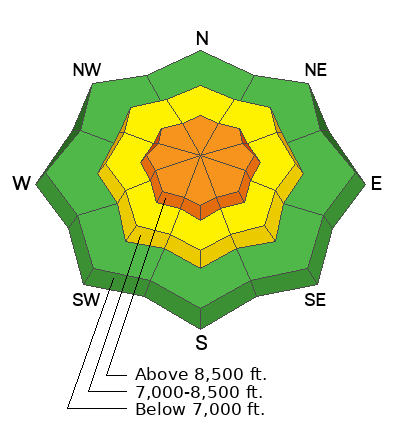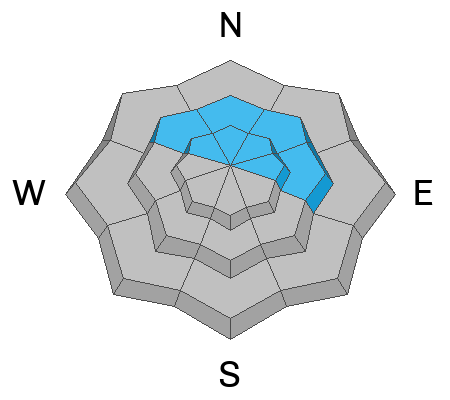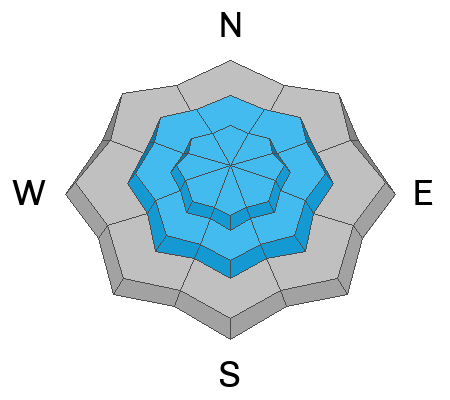Forecast for the Ogden Area Mountains

Issued by Dave Kelly on
Sunday morning, January 5, 2025
Sunday morning, January 5, 2025
The avalanche danger is CONSIDERABLE in upper elevation terrain for triggering a new or wind drifted snow avalanche that fails on a layer of buried facets. These avalanches could be 2'-5' deep and up to 200' wide.
As the snowpack adjusts to a week's worth of stormy weather, your best bet to enjoy this newest snow is to stay out of avalanche terrain and stick to lower angle slopes less than 30° in steepness.

Low
Moderate
Considerable
High
Extreme
Learn how to read the forecast here








